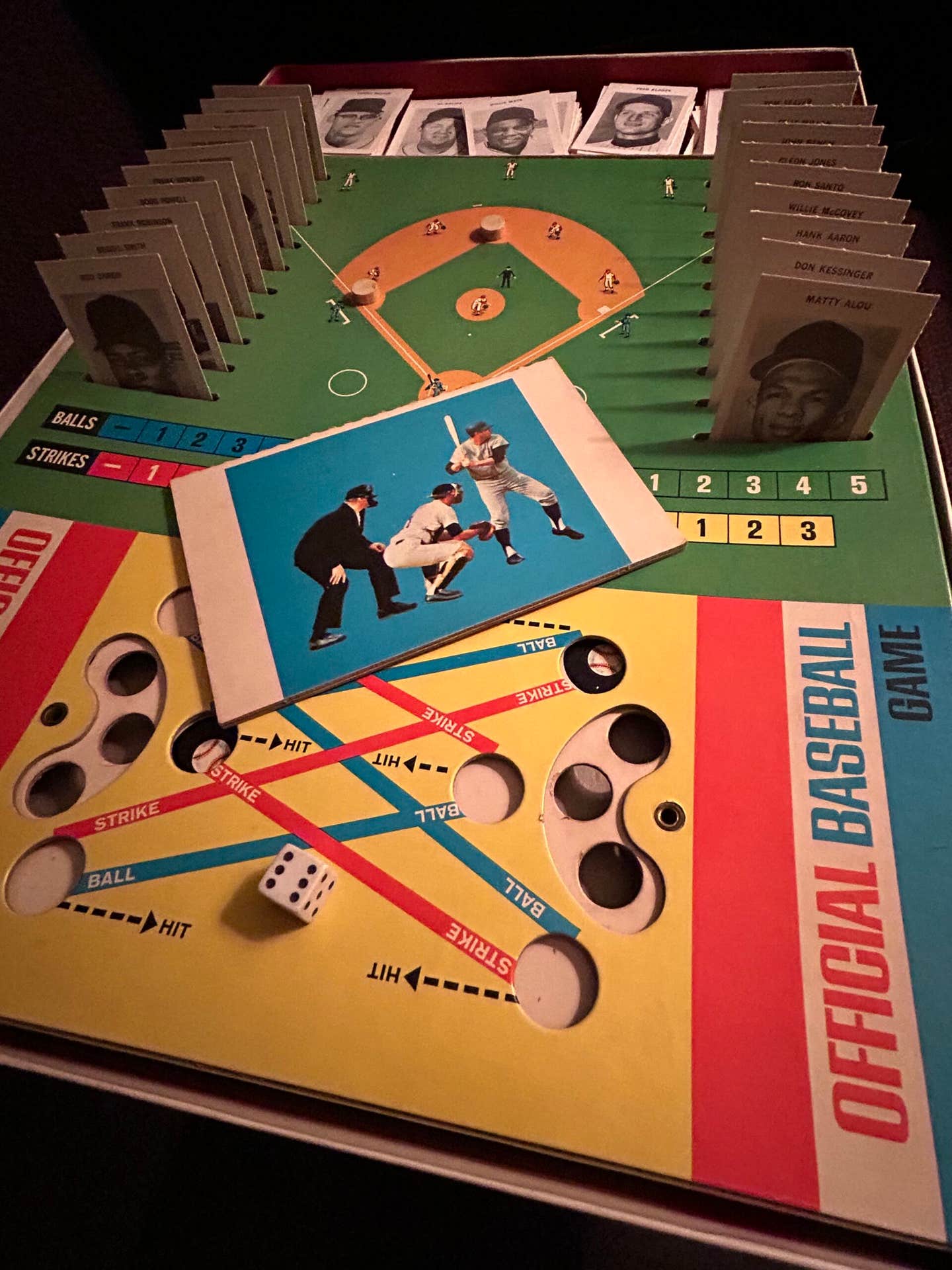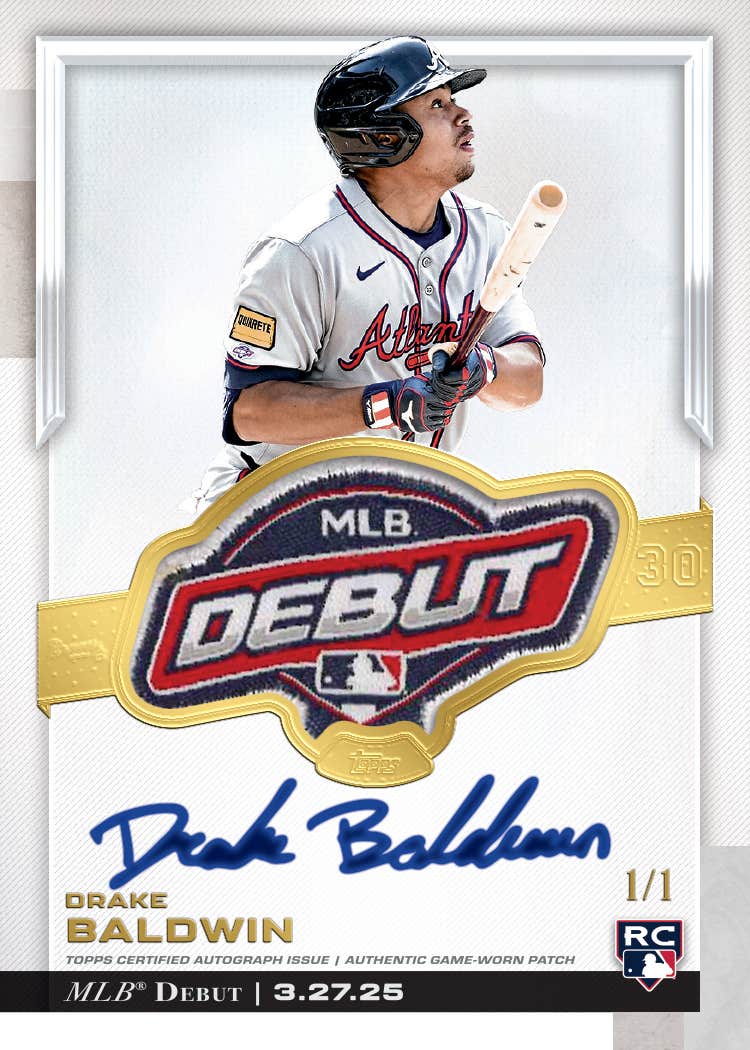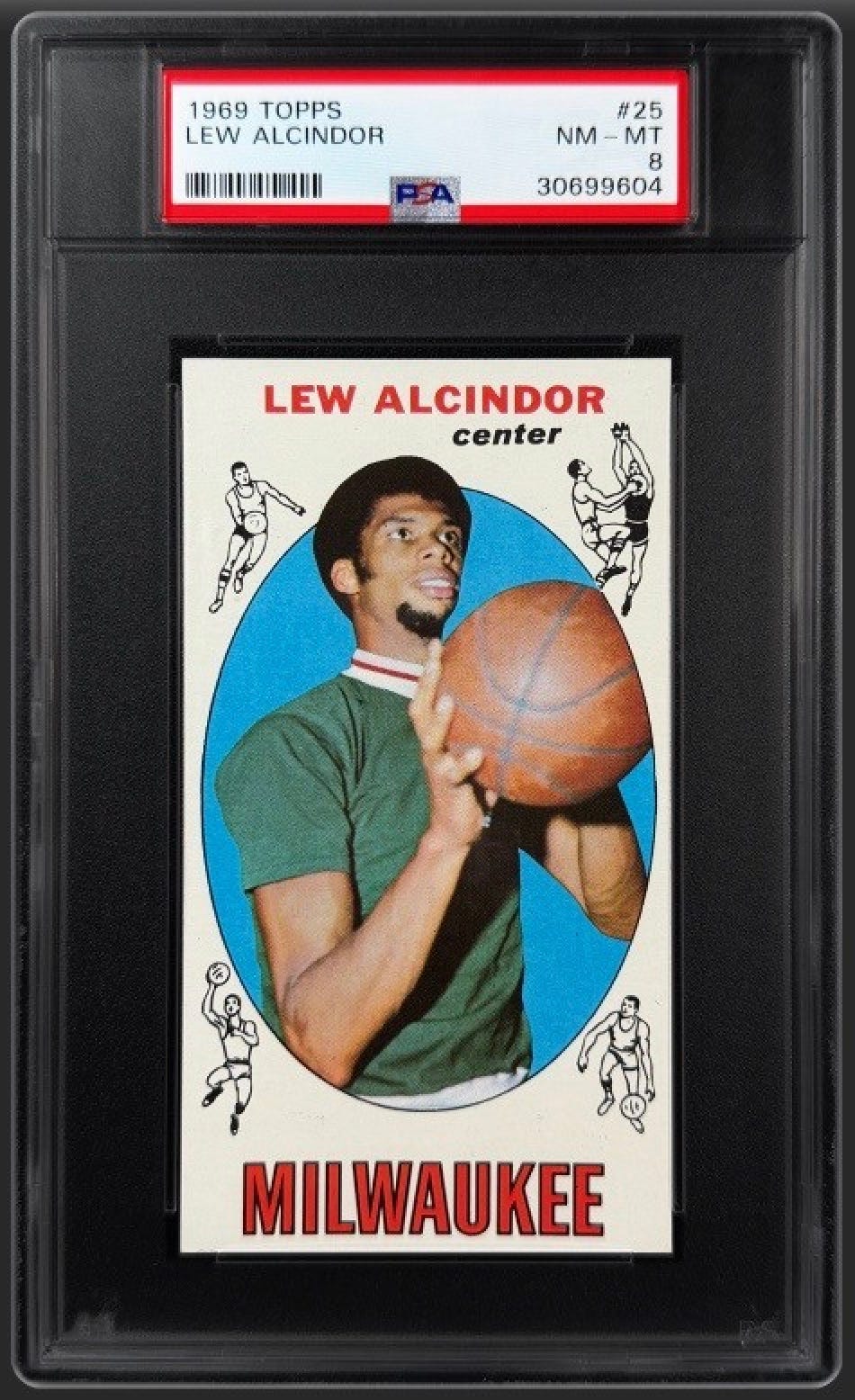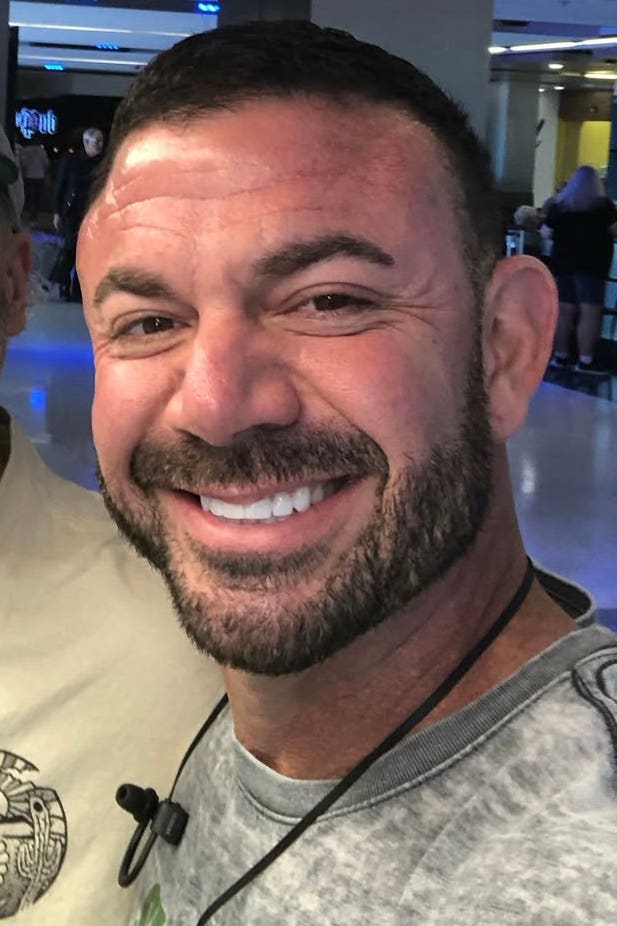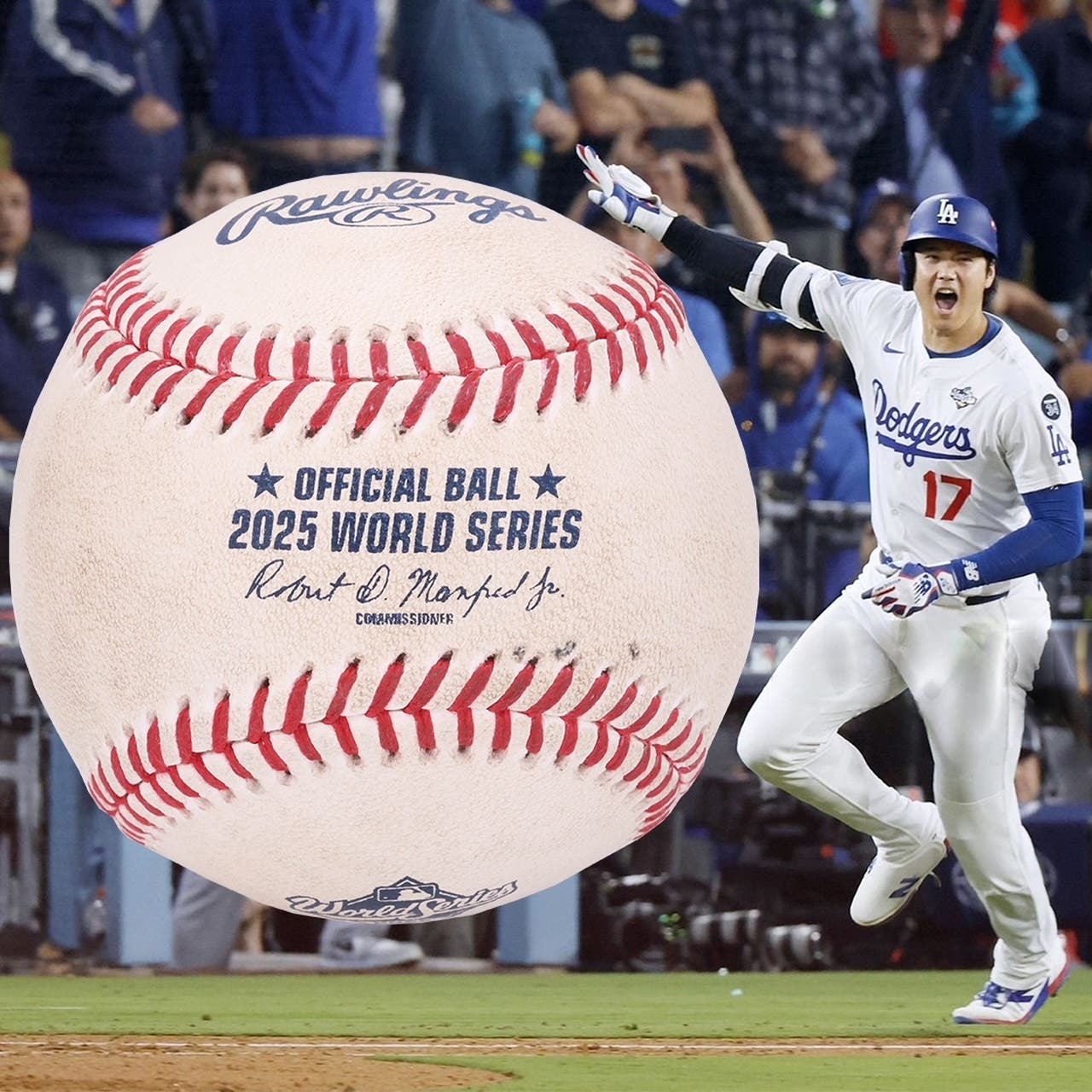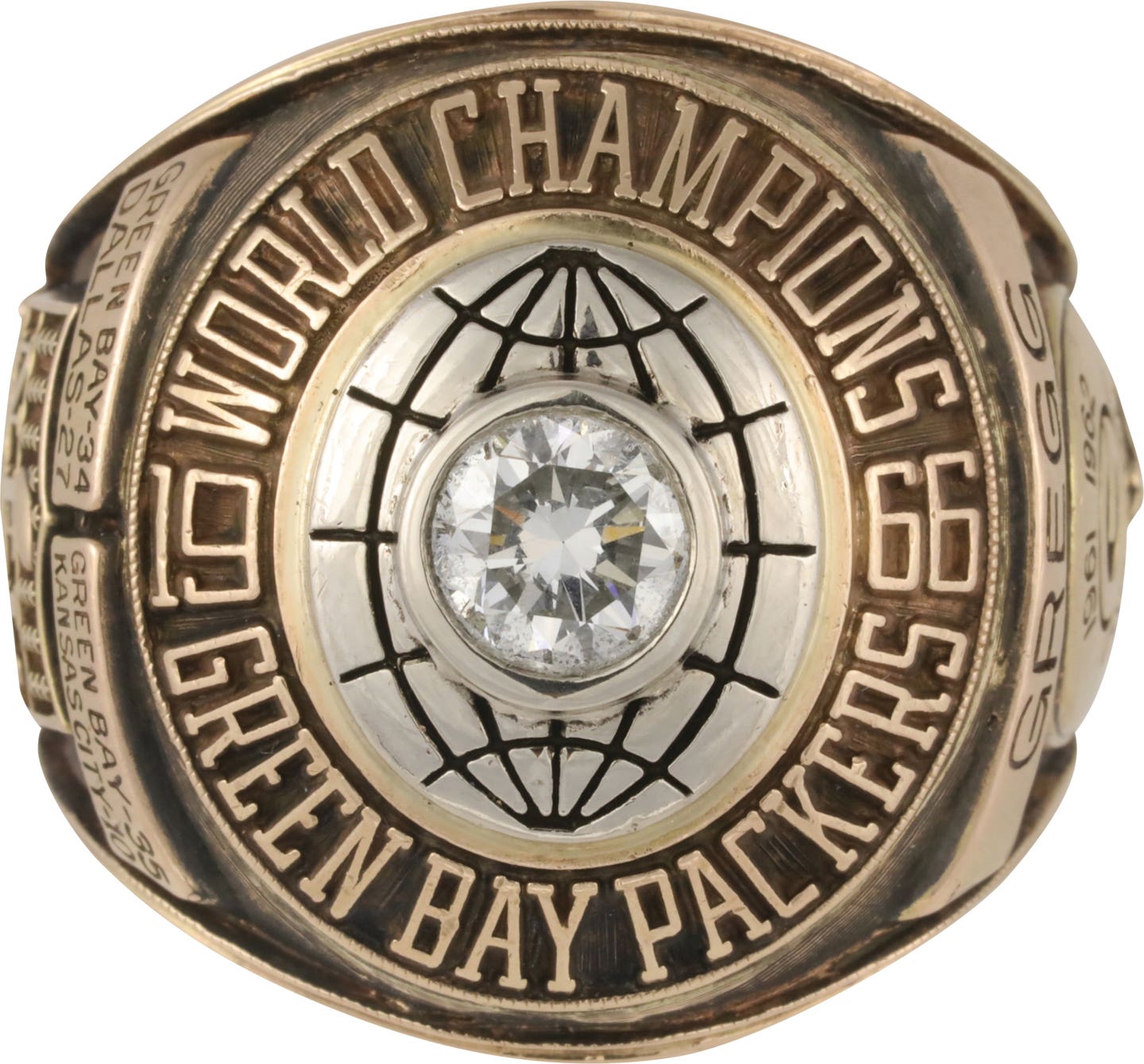News
For Harold Baines, Chicago was always his kind of town
By Robert Grayson
Harold Baines punched his ticket to the major leagues and, as it eventually turned out, to Cooperstown as well, when he was only 12 years old. Of course, Baines didn’t realize at such a tender age that, during an ordinary Little League baseball game in 1971, he had caught the eye of Bill Veeck, the colorful, legendary baseball owner, known as one of the game’s true showmen.
“When you are playing Little League baseball, you really don’t pay much attention to who is in the stands,” said Baines, who ended up playing 22 years in the major leagues. Though the former outfielder and designated hitter smiles when he says that he “must have had a pretty good game” when Veeck was in the stands that day, he quickly notes that he doesn’t recall the exact game. The contest was played in the small Maryland town of St. Michaels, on the state’s Eastern Shore, where Baines grew up.
Regardless of what happened in the game in question, Baines would later find out that Veeck was more impressed with the youngster’s sweet swing, than with how many hits he got that day. Baines’s fluid swing captivated Veeck enough to follow the kid’s baseball development for six years until the White Sox owner could draft him.
“He must have seen something in me,” the new Hall of Famer said, amazed that anyone would have noticed his youthful potential.
Veeck owned major league baseball teams on and off for a number of years, starting in 1946, when he became the owner of the Cleveland Indians. He sold the Indians in 1949 and purchased the St. Louis Browns in 1951. After the 1953 season, he sold the Browns to a group from Baltimore who moved the team to that city to become the Orioles. Veeck was back as an owner in 1959, when he bought the Chicago White Sox.
But health problems forced Veeck to sell his interest in the club in 1961, and he retired to the Eastern Shore of Maryland. But he could never stay away from baseball, even if that meant just taking in some Little League baseball games, where, as luck would have it, he spotted Baines.
By 1975, his health had improved and he was determined to get back into the game he loved, so Veeck repurchased the Chicago White Sox. The newly minted White Sox owner still had his eye on this kid who lived up the road from his home on Maryland’s Eastern Shore. In fact, Veeck had asked some friends in St. Michaels to follow the youngster’s remaining Little League playing days and his high school career, and report what they saw to him on a regular basis.
For his part, Baines was making an indelible impression on the diamond. He was a dominant baseball player at St. Michaels High School, batting .532 in his senior year and being named a High School All-American. The 6-foot-2 athlete also starred in two other sports—basketball and soccer.
The Chicago White Sox had the first pick in the 1977 Baseball Draft and, despite a draft loaded with talent, wasted no time selecting Baines and signing him. That meant the White Sox passed up on promising prospects like pitcher Bill Gullickson, infielder Paul Molitor, and catcher Terry Kennedy, to name just a few. Veeck couldn’t have known at the time that he was signing a future Hall of Famer, nor could he have anticipated how popular the quiet, understated Baines would become with Pale Hose fans.
A true marketing wiz and baseball aficionado, Veeck knew what he was looking at when he first saw the young Baines take a swing at the ball. The left-handed batter was still producing hits with that flowing swing when he was 42 years old.
Baines would collect 2,866 hits in his major league career, and probably would have had more than 3,000 hits had it not been for a couple of work stoppages during the six-time All-Star’s two-plus decades in the Bigs. He missed 56 games in 1981, when the players went on strike on June 12 and did not return until August 9. That might have cost Baines close to 200 at-bats.
Then another work stoppage, starting on Aug. 12, 1994, lasted into the beginning of the 1995 season. That resulted in Baines missing 50 more games in 1994 and another 16 games in 1995 because the season started late, after the strike ended on April 2, 1995. That could have meant 250 or so additional plate appearances for Baines—perhaps giving him enough times at bat to get to 3,000 hits—had those games been played.
Whether or not he compiled 3,000 hits never mattered much to the fans of this intimidating hitter, however. What distinguished Baines’s approach during his long career, and made fans revere him, was his clutch hitting. That helped define his role with the five major league teams he played with.
Baines was considered a professional hitter, the player you wanted at the plate with the game on the line. His high leg kick and quick stroke were emblazoned in the minds of opposing pitchers. Excellent hand-eye coordination allowed Baines to pick up the pitch right out of the hurler’s hand and stay with it as it sailed toward home plate.
“The longer you can see the ball, the better chance you have at getting a hit,” he pointed out.
As his career progressed, Baines became more intense as a hitter, and even learned to concentrate harder while at bat after the seventh inning. He had a career .306 batting average with runners on base. A total of 1,398 of his career hits came with runners on base. In addition, during his 22 years in the majors, he knocked in 197 game-winning runs and had 401 go-ahead runs.
“I took a great deal of pride in being a clutch hitter, and knocking in runs with the game on the line. I looked at that as being my job, the reason I was with a club, especially when I was primarily a DH,” said Baines, who amassed 1,628 career RBI.
Baines thrived on hitting with runners in scoring position; unfazed by the pressure, he was instead motivated by it: “I knew my teammates were counting on me in those situations and I thrived on that.”
While he put in time with the Texas Rangers, Oakland A’s, Baltimore Orioles, and Cleveland Indians, Baines is best remembered for his days as a member of the White Sox.
“Even when I wasn’t with the White Sox, the team was always in my heart,” Baines said.
He had three tours of duty on Chicago’s South Side and considers the Windy City as much his hometown as St. Michaels. And why not? The Pale Hose not only retired his number in 1989, they erected a bronze statue in his honor at Cellular Field, now Guaranteed Rate Field, in Chicago in 2008.
“They treat me like a Chicagoan. I’m not. But they always treated me with a lot of love,” Baines said.
So much love, in fact, that in a city of more than 2.7 million people, the former White Sox outfielder is simply known by his first name.
Not long after Baines cracked the White Sox starting lineup in 1980, he saw his first name up in lights on the Comiskey Park scoreboard each time he came to the plate. It started out just as a way to get the fans into the game, Baines recalls, but it became much more.
Soon, fans started chanting “Har-old, Har-old” every time he stepped into the batter’s box, and it turned into a rallying cry for the team and the hometown fans.
“It was a loud roar. I still hear it in my head,” said Baines, who has been retired from the playing field for 18 years.
After being drafted by the White Sox in 1977, Baines was sent to the Appleton Foxes, the White Sox Single-A affiliate in the Midwest League. In 69 games with Appleton, Baines hit only .261 with five home runs during the 1977 season, but the ChiSox didn’t want to hold their star prospect back. They promoted him to Double-A Knoxville the next year. That’s where Baines first met Tony La Russa, who was the skipper of the Knoxville Sox in 1978.
The Knoxville Sox was the first pro baseball club the future Hall of Fame skipper ever managed. Despite La Russa’s lack of experience as a field boss, White Sox owner Bill Veeck considered the young manager a brilliant baseball man, an up-and-comer in the ChiSox organization’s brain trust.
La Russa agreed with Veeck’s assessment of Baines, and loved the young outfielder’s pure hitting stroke. The Knoxville Sox manager gave Baines the time to develop as a true hitter and become more patient at the plate. He urged the talented youngster to be more selective at the plate, take more pitches, and extend his at-bats, the versatile hitter recalled.
The future star became as adept at laying down a bunt to move a runner over as he was at knocking in a winning run.
“La Russa taught me how to play the game correctly and got me to the big leagues as well,” Baines said.
Baines upped his average in 1978 to .275 but, more importantly, increased his RBI count that season to 72, as compared to 29 the season before. The 1979 campaign was a breakout season for Baines, who played Triple-A ball for the Iowa Oaks in the American Association, where La Russa was once again his manager. The left-handed hitter batted .298 with 22 home runs and 87 runs batted in.
By Opening Day in 1980, Baines was the starting right fielder for the White Sox, and La Russa was the ChiSox manager. La Russa actually took over as White Sox skipper on Aug. 2, 1979, replacing Don Kessinger, who was mired in a 46–60 season at the time.
Baines was already getting known as a good situational hitter by the time he joined the Pale Hose starting lineup in 1980, and that made him popular with the South Side faithful. Over the next several seasons, Baines established himself as one of the team’s leading hitters. He credits not only La Russa for his potent bat, but also hitting guru Charlie Lau.
Lau was one of baseball’s first superstar batting coaches. When Lau was the hitting coach with the Kansas City Royals in the 1970s, he worked with stars like George Brett, Hal McRae, and Amos Otis. Baines, along with Ron Kittle and Greg Luzinski, were among Lau’s disciples when he became the White Sox batting coach in 1982. Baines said that Lau taught him how to read pitchers, work hard in batting practice, and follow through on his swing properly. Not only that, Lau instilled in the young star the mental discipline needed to be a successful major league hitter.
With 99 RBI and 20 round-trippers, the ChiSox outfielder helped lead the “Winning Ugly” White Sox to the American League West title in 1983. It was the first time the White Sox had been in the postseason since they played in the 1959 World Series, which they lost to the Los Angeles Dodgers in six games.
The Pale Hose lost the best-of-five American League Championship Series to the Baltimore Orioles 3 games to 1. The loss was disappointing for Baines, who had hopes of capturing his first of several championships.
While the White Sox could not maintain their winning ways over the seasons that followed, Baines still gave ChiSox fans something to cheer about. What ChiSox fan could ever forget the homer Baines hit against the Milwaukee Brewers at Comiskey Park in the bottom of the 25th inning of a game that started on the evening of May 8, 1984 but didn’t end until the next night?
The game was tied 3–3 after nine innings and stayed that way until the top of the 18th inning, when play was halted just after 1 a.m. because of the American League curfew. Play resumed the next night and the Brew Crew scored three runs in the top of the 21st inning, taking a 6–3 lead. Not to be outdone, the Sox scored three runs of their own in the bottom of the inning and play continued, knotted at 6–6. With one out in the bottom of the 25th inning, an exhausted Harold Baines came to the plate for the 10th time in the game and hit a solo home run that put an end to the grueling eight-hour, six-minute contest.
“Well, that was an unusual game—I remember that. I was tired, I know that. And, don’t forget, we had to play the regularly scheduled game right after the suspended game ended,” Baines said.
The White Sox star kept spirits up on the South Side of Chicago by hitting .304 with 94 RBI in 1984, then .309 in 1985 with 113 RBI, and .296 with 88 RBI in 1986. A series of knee injuries sidelined the star, starting in 1986, and by 1987 Baines’s days as an outfielder were over.
But he could still hit, and the White Sox had no problem inserting their premiere hitter in the lineup every day as the designated hitter. He responded in 1987 with a .293 batting average, along with 20 homers, 26 doubles, and 93 RBI.
“The first thing I thought about when I realized that I physically couldn’t play defense in the outfield on a regular basis was what I could do to help the team,” Baines said. “So I concentrated on my hitting skills a little bit more. I did more studying of the pitchers, how they were trying to get me out, and that’s the approach I had once I knew that I was going to be a full-time DH.”
Already a feared batter, Baines began adding to his vast reservoir of knowledge about hitting by focusing even more on the offensive aspect of the game than he had ever before.
“For example, I spent a lot of time watching the catcher and how he called the game. The way he handled the batter before me may be the same way he handles me. I picked up a lot of tips by closely watching the catcher,” said Baines, who crushed 384 career home runs.
He added, “I saw catchers stand a certain way that might give them an edge on how an umpire sees a pitcher. A little thing like how a pitcher tilts his glove can give you a tip on what pitch is coming. I tried to pick up on everything. You always learn by watching this game. I wasn’t playing defense anymore, so I put all that concentration on offense.”
Baines spent the last 15 years of his major league career as a designated hitter.
Midway through the 1989 season, with the team sputtering, the White Sox decided to start a rebuilding effort and traded a stunned Baines to the Texas Rangers on July 29, 1989. The move angered ChiSox fans, especially considering that Baines was hitting a sizzling .321 at the time.
“That was when I learned this was a business,” the DH said of the trade.
In return, the White Sox got Scott Fletcher, Wilson Alvarez, and a little-known player by the name of Sammy Sosa. Unlike many trades, which seem cold and unfeeling, the White Sox brass genuinely felt bad about parting with their popular star.
A few weeks later, when the Texas Rangers came to Chicago for a series with the Pale Hose, the White Sox surprised Baines by retiring his famous number 3. The ceremony was held on Aug. 20, 1989, and even Baines didn’t know about the plan.
It is highly unusual to retire a player’s number when he is still active and playing for another team. The honoree said the gesture showed how much the White Sox appreciated what he had done for and meant to the organization.
For the remainder of his career, Baines seemed to be a bat for hire. Every time a team needed a hitter to either fire up a club or get it to the postseason, they went out and signed Har-old.
In late August 1990, the Oakland A��s got Baines from the Texas Rangers in a trade designed to shore up the Athletics’ chances of winning the American League pennant and making it into the World Series. In Oakland, Baines was reunited with his former manager, Tony La Russa, who was skipper of the A’s.
The A’s did indeed wind up in the 1990 World Series, but lost in four games to the underdog Cincinnati Reds. Baines once again missed out on his chance to get a World Series ring.
“On paper, we had a better team. You just never know,” he said. The A’s designated hitter clocked a home run in Game 3 of the series in a losing effort.
Despite the World Series loss, La Russa was happy to have his trusted left-handed hitter back with him, and Baines would have several more productive seasons with Oakland. Baines hit .295 with the Athletics in 1991 and stayed with the team through the 1992 season. He hit .440 for the A’s in the 1992 American League Championship Series against the Toronto Blue Jays, but the A’s lost the ALCS in six games.
In what became a homecoming of sorts, the reliable hitter started a three-year stint with the Baltimore Orioles in 1993.
“Not too many guys get a chance to play in their home state. So playing with the Orioles meant a lot to me. Many people on the [Eastern] Shore got a chance to see me play,” he said. “I enjoyed every minute of it,”
While with the Orioles from 1993 to 1995, he batted .313, .294, and .299, respectively.
Following the 1995 season, Baines became a free agent and could not wait to re-sign with the White Sox for the 1996 season and get his old number 3 back. It was like the hard-hitting DH had never left. He batted .311 with the ChiSox, collecting 95 RBI and belting 22 homers. Then, well, it was déjà vu all over again midway through the 1997 season. Baines was hitting .305 for Chicago, but the Baltimore Orioles needed him for their playoff drive. So the Pale Hose sent Baines back to the Birds, where he helped the Orioles reach the postseason.
A World Series ring was within Baines’s grasp once again. Baltimore defeated the Seattle Mariners in the 1997 American League Division Series 3 games to 1. But the Orioles lost the league championship series to the Cleveland Indians in six games, despite a solid effort by Baines. He hit .353 in the 1997 American League Championship Series.
After spending several more seasons with Baltimore, Baines was dealt to the Cleveland Indians in August 1999. Still putting good wood on the ball, Baines was back in Baltimore for the 2000 season, but was once again traded to his favorite team, the White Sox, in July. He retired after the 2001 season, still with the White Sox, but, sadly, he noted, without a World Series ring. However, he did have an impressive .324 post-season batting average, including five home runs and 16 RBI in October play over the course of six years.
The story does have a happy ending, though. The White Sox won the World Series in 2005 against the Houston Astros. The team’s bench coach that year was Harold Baines, so he finally got his ring.
As a player, Baines showed up at the ballpark every day to do his job with workman-like precision. There was no fanfare, headline-grabbing, or self-promotion—not for Baines. He rarely showed emotion publicly, on or off the field. He felt it threw him off his game, distracted him.
“It just isn’t my type of personality. It works for some, but not for me. It’s just not how I was brought up,” he said. “I didn’t play baseball for the accolades. Maybe that comes later. I was raised to just go out there and do the job. My goal was to get the job done with no fanfare. That’s how my father taught me and that’s what I always did. I didn’t need the articles. I just needed to perform to keep my job.”
Now 60 years old, the Maryland native is still quiet, unassuming, and avoids the spotlight. But he did get some face time after being elected to the Baseball Hall of Fame by the Hall’s Today’s Game Era Committee in December 2018. Baines is part of Cooperstown’s Class of 2019.
Getting into the Hall of Fame was something Baines never expected.
“I didn’t play the game to get into the Hall of Fame and I think it’s just an honor to get nominated. I’m taking it all in. When I got the call that I made it into the Hall of Fame, to be honest I was shocked,” Baines said. “It’s always been tough for a DH to get into the Hall of Fame. There are some good ones, so hopefully this will open the door for some more guys to get in.”
Baines seems to have inherited his baseball talents from his father. Linwood Baines Jr. could hit “a baseball a mile,” his son said. The elder Baines played semi-pro baseball on Maryland’s Eastern Shore, but family commitments made it impossible for Linwood Baines Jr. to take his career to the next level. He became a mason to support his family and passed his love for the game on to his four children.
“I think I played the game professionally for my dad, because he couldn’t,” Harold Baines said wistfully.
In fact, he said the biggest moment of his entire major league career came when he took his first swing at a big league pitch with his dad looking on. It happened on April 10, 1980 at Comiskey Park in Chicago. The White Sox were playing the Baltimore Orioles and Baines was in right field. He went 0–4, but nothing could ruin that day.
“I’m always telling people the first game I ever played in the big leagues stands out in my mind the most because my father was there to see it. I was honored to have my father there to see my first swing in the majors, honored,” Baines said with some pride.
Linwood Baines Jr. died several years ago.
“The only thing missing when it comes to being elected to the Hall of Fame is my dad’s not here to see it. He was my hero,” said Baines, who, rather uncharacteristically for him, got a bit emotional.
Robert Grayson is a freelance contributor to Sports Collectors Digest. He can be reached at graydrew18@aol.com.



